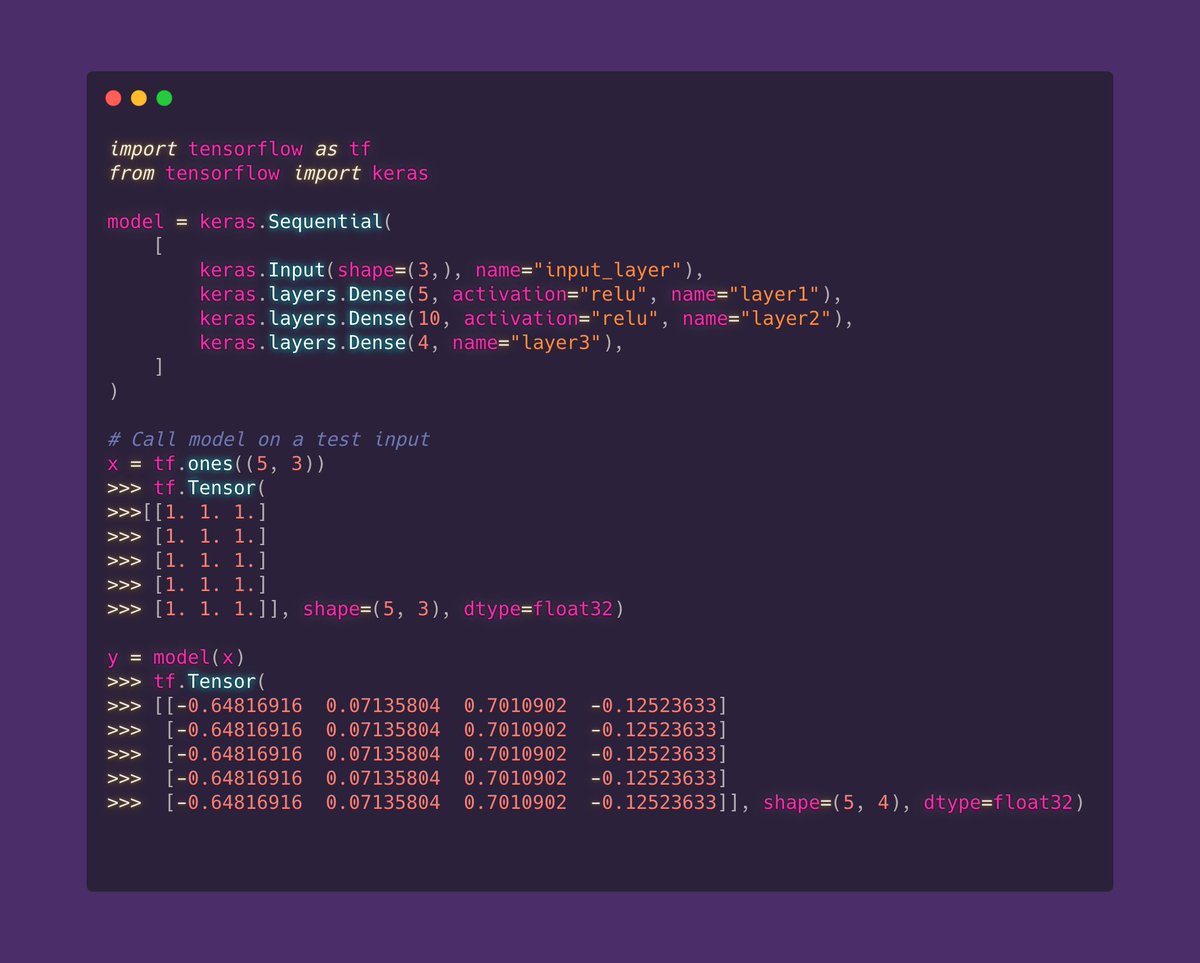
Today it's my 6 year Google anniversary!
I started as an android developer 📱🤖 and today I'm an ML developer 🧠🤖
I learned a lot of technical stuff (A LOT!), but there's much more than that.
Let me tell you some of the things I learned...
1/11🧵
I started as an android developer 📱🤖 and today I'm an ML developer 🧠🤖
I learned a lot of technical stuff (A LOT!), but there's much more than that.
Let me tell you some of the things I learned...
1/11🧵
Being the big fish 🐳 on a small pound is cool, but you may run out of air.
Starting at this job meant becoming a tiny fish 🐠 in a big pound!
And here is where the growth opportunities are!
2/11🧵
Starting at this job meant becoming a tiny fish 🐠 in a big pound!
And here is where the growth opportunities are!
2/11🧵
Working with smarter people than you is sometimes very hard for your ego!
There's a lot of impostor syndrome in the beginning.
But that's a big chance to learn what these smarter people do that you can adapt and grow as bigger fish 🦈.
3/11🧵
There's a lot of impostor syndrome in the beginning.
But that's a big chance to learn what these smarter people do that you can adapt and grow as bigger fish 🦈.
3/11🧵
Diversity is very important for everyone's growth! Different perspectives from different backgrounds is key also for project success!
I've learned so many things about different cultures and backgrounds and this made me at least a more empathic person overall.
4/11🧵
I've learned so many things about different cultures and backgrounds and this made me at least a more empathic person overall.
4/11🧵
"Treat people the way they want to be treated"
This one took me some time to fully understand since I've always learned a different thing!
This is key for a better work environment!
5/11🧵
This one took me some time to fully understand since I've always learned a different thing!
This is key for a better work environment!
5/11🧵
Work is not always a sprint, it's mostly a marathon!
The daily 1% improvement is better for the long run and for your own mental health!
6/11🧵
The daily 1% improvement is better for the long run and for your own mental health!
6/11🧵
Documenting what you are doing and communicating it properly goes a long way! Even more on this work from home era.
I try to have the answer to "What I'm working on" and "Why" ready at all times!
With this, it's easier to get help you and also to see the big picture.
7/11🧵
I try to have the answer to "What I'm working on" and "Why" ready at all times!
With this, it's easier to get help you and also to see the big picture.
7/11🧵
Helping new hires to adapt to the new job is very important!
They come with a fresh perspective, full of ideas and enthusiasm and energy that sometimes wear off when you are working in the same place for a long time!
it's a win win (for you and for them) situation!
8/11🧵
They come with a fresh perspective, full of ideas and enthusiasm and energy that sometimes wear off when you are working in the same place for a long time!
it's a win win (for you and for them) situation!
8/11🧵
The networking aspect of your job is very important!
Working with people outside of your direct team, when possible, is a great opportunity to meet new people and learn new things.
These same people, if you did good work, will remember and open new doors for you!
9/11🧵
Working with people outside of your direct team, when possible, is a great opportunity to meet new people and learn new things.
These same people, if you did good work, will remember and open new doors for you!
9/11🧵
Self development sometimes needs extra time.
To move from android dev to ML required me to study outside of my working hours.
Was it worth it?
DEFINITELY!!
You are the best investment you can do!
10/11🧵
To move from android dev to ML required me to study outside of my working hours.
Was it worth it?
DEFINITELY!!
You are the best investment you can do!
10/11🧵
Do you have any other tips to add?
If you have any questions just leave them in the comments!
And also share so that more people can learn from it!
11/11🧵
If you have any questions just leave them in the comments!
And also share so that more people can learn from it!
11/11🧵
Quick update: This is by far the highest engagement I've ever got! It made everything else look like a flat line!
I have a theory about why it happened and I'll share in the future!
Keep sharing to reach more people and help them!
Follow me for more of this content!
12/11🧵
I have a theory about why it happened and I'll share in the future!
Keep sharing to reach more people and help them!
Follow me for more of this content!
12/11🧵
• • •
Missing some Tweet in this thread? You can try to
force a refresh










